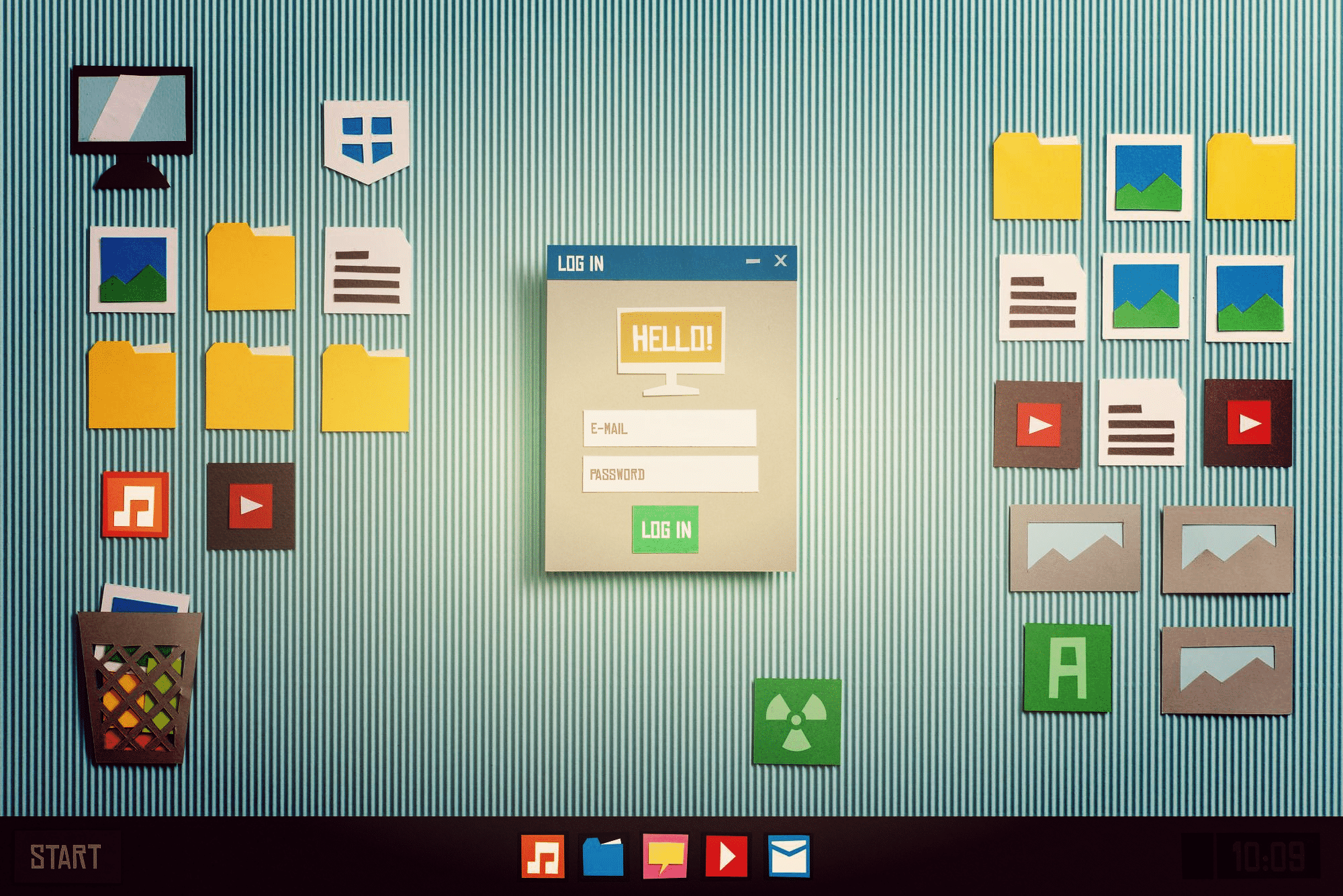If you want a website that stands out, instead of following an identical template, then learning HTML will be key. In this article we provide an introduction into what HTML is and how it works.
HTML forms the backbone of web pages and was developed by Tim Berners-Lee (inventor of the World Wide Web). It labels pieces of content to make sure it can be displayed by web browsers.
What Is HTML?
HTML is the language that tells a web browser how to assemble a website, providing visitors with text as they browse your webpage or adding elements such as images, videos and spreadsheets that make up pages (think images, videos and spreadsheets). HTML coding language is free to use and ensures your website displays correctly across browsers.
HTML uses markup tags to display text, images, and other content in Web browsers. These tags are surrounded by angle brackets (>) and typically come as pairs with an opening tagname> and closing tagname> pair for elements written either uppercase or lowercase; typically lowercase is preferred. Each element also includes one or more attributes that provide additional detail about its content.
HTML employs two primary tags, block-level and inline. Block-level tags serve as containers for content that takes up all width of a document, while inline tags can be inserted whenever they are needed into the document and may be enclosed by either paragraph tags (p>), unordered lists (ol> or ul>), unordered or ordered lists respectively, stylesheet tags or both; when combined together these allow for personalized page designs that change as necessary with combined styling sheets and stylesheets. Furthermore, HTML also permits multimedia capabilities including audio/video features as well as linking pages together either within your site or elsewhere on other websites (current version only).
History of HTML
HTML is a computer language designed to facilitate web page development. Similar to Java, C, and PHP programming languages, it contains predefined tags which instruct browsers how to display page content.
Tim Berners-Lee of Britain created and co-authored HTML. Using an editor on a NeXt workstation running Objective-C, he wrote the original version of HTML in 1991.
Berners-Lee designed HTML with ease-of-use in mind, using descriptors (commonly known as tags) placed around text elements that could easily publish information to the Web. Each tag bears a name written between and > that can either be uppercase, lowercase, or both upper and lower case letters.
As the Web expanded, HTML needed to expand in order to add new features, leading to proprietary technologies such as Adobe Flash that required users to download browser plug-ins in order to view content. In an effort to clean up and standardize Web pages, World Wide Web Consortium created regimental form of HTML known as XHTML which was based on XML; eventually this new standard was replaced by Cascading Style Sheets which separated presentation from structural markup.
Example of HTML
HTML allows you to quickly build basic web pages with headings, paragraphs, images and links – but remember it’s only the basis upon which your pages can be built – it doesn’t make them interesting or useful on its own – that comes from other front-end languages like CSS and JavaScript.
There are 142 HTML elements, or tags, which allow you to build content online. Tags can be identified using delimiters > and />, which indicate their beginning and end respectively. An element’s name appears between its opening and closing delimiters while its attributes reside inside its opening tag – these attributes contain values which tell browsers what to do with it; for instance the p> element allows you to create paragraphs of text while its br> attribute tells it how to add line breaks.
To gain more understanding of how these tags work, take a look at some basic examples of HTML in action and some websites that creatively integrate these tags for visitor experience. Even complexly designed sites often rely on certain simple HTML features – Gloutir website uses several key HTML features that create its distinctive, eye-catching design.
What’s HTML Used For?
HTML works hand in hand with other web development technologies to build user-friendly websites, including CSS (Cascading Style Sheets) and JavaScript – read about these languages through our guides, or try playing around with tools like the W3schools Tryit Editor to gain more experience.
HTML tags serve to demarcate various components of web content, such as an H1> tag for page titles or P> for paragraphs. Unlike visible HTML elements, they work behind-the-scenes to tell browsers what should appear on each webpage.
Each tag typically consists of an opening tag and closing tag, known as opening and closing tags respectively, delineated by angle brackets. Most elements require at least one attribute that provides more information about their element within its opening tag – these attributes can often be found inside text within opening tags to provide context to what the element represents.
Example of an H1 Tag. A paragraph (p> tag) signifies each line of text is part of a paragraph; while an h1> tag tells browsers which paragraph serves as the first heading on that section.
HTML provides structural elements, audio> and video> tags to embed media files, lead generation forms (powered by PHP or JavaScript), as well as create site navigation features like the nav> tag for creating site navigation and canvas> tag for drawing graphics with browser support. HTML5, released in 2014, introduced new features including creating site navigation with its nav> tag and drawing graphics using canvas> tag for drawing graphics directly in browsers.
HTML Features
HTML is used by many websites on the internet and it is an accessible, simple language to learn and has proven highly valuable – many professionals such as Frontend Engineers and SEO Specialists use HTML regularly as part of their service offering.
HTML is a markup language that enables you to annotate text so it is understandable by computers. Annotations don’t appear on web pages themselves but work behind-the-scenes to tell browsers how best to display your content to visitors.
HTML’s building blocks, known as tags, consist of opening and closing tags. Opening tags are indicated with angle brackets (>), while closing tags contain slashes followed by element names for closing purposes. Tags also have attributes which allow users to customize an element’s behavior or appearance.
Example of an HTML tag used to mark up paragraphs; its style attribute allows users to adjust font size, color, etc. This basic p> tag is just one among many more advanced tags such as table>, aside> and video> that are case-insensitive and may be written either uppercase, lowercase or in combination – however for readability and consistency purposes lowercase is typically recommended as this helps increase readability and consistency.
Cons of HTML
For anyone working in web design and development, learning HTML is key to success. However, knowing it alone won’t get the job done – to truly succeed at web development it is also necessary to have knowledge of CSS, JavaScript and other web development languages as well.
HTML is a markup language that enables you to describe the structure of a document or web page to browsers. It provides for the creation of text, images and other elements displayed on webpages as well as supporting multimedia content through img> and video> tags. Furthermore, its hierarchical element structure allows more complex elements like paragraphs and tables to be defined easily.
HTML can have its drawbacks as well. Notably, it lacks the flexibility of other programming languages; it doesn’t support rich media or ecommerce features and has limited security features. Furthermore, its slower speeds may make using it challenging when working on larger projects.


